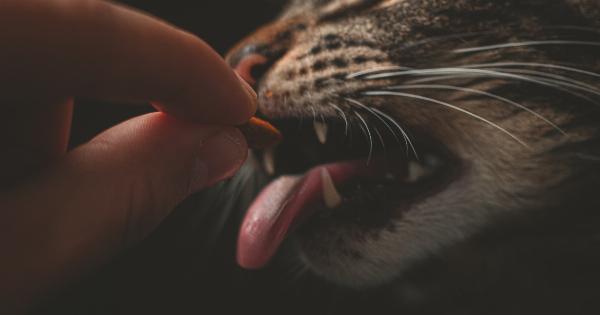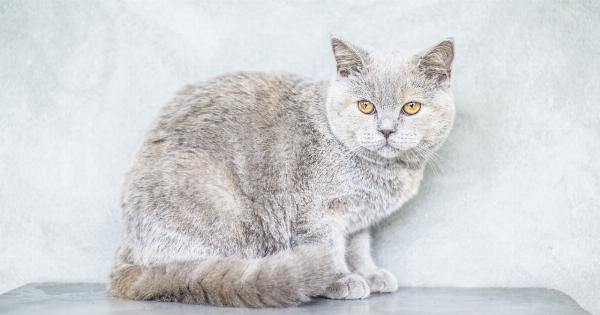If you’re a cat owner, you probably love watching your feline friend run, jump, and play.
But what if your cat seems to struggle with mobility, even at a young age? The culprit could be hip dysplasia, a genetic condition that affects the hip joint. Here’s what you need to know about hip dysplasia in cats.
What Is Hip Dysplasia in Cats?
Hip dysplasia is a condition in which the ball and socket joint of the hip doesn’t fit together properly. Instead of a snug, stable joint, the ball may slip out of the socket or move loosely within it.
Over time, this can lead to arthritis, pain, and mobility issues.
Hip dysplasia is most commonly associated with large dog breeds, but it can also affect cats. It’s most commonly found in purebred cats, such as Maine Coons, Persians, and Siamese.
Hip dysplasia tends to appear in cats between the ages of 4 months and 1 year, though it can show up in older cats as well.
Causes of Hip Dysplasia in Cats
Like in dogs, hip dysplasia in cats is largely hereditary, meaning it’s passed down through genes from a cat’s parents. Unfortunately, there’s not much that can be done to prevent this aspect of the condition.
However, there are other factors that may contribute to the development of hip dysplasia in cats:.
- Obesity
- Sedentary lifestyle
- High-impact exercise at a young age
- Nutritional imbalances
While these factors aren’t direct causes of hip dysplasia, they can worsen the condition or make it more likely to occur.
Symptoms of Hip Dysplasia in Cats
The symptoms of hip dysplasia in cats can vary, depending on the severity of the condition and the age of the cat. Some common signs to look for include:.
- Limping or lameness
- Stiffness or reluctance to move
- Pain or sensitivity around the hip joint
- Loss of muscle tone or definition in the hind legs
- Unusual gait or hopping
If you notice any of these symptoms in your cat, it’s important to take them to the vet for a proper diagnosis. Your vet may perform a physical exam, take X-rays, or perform other tests to determine if your cat has hip dysplasia.
Treatment for Hip Dysplasia in Cats
Unfortunately, there is no cure for hip dysplasia in cats. However, there are several treatments that can help manage the condition and improve your cat’s quality of life.
Some common treatments for hip dysplasia in cats include:.
- Weight management to reduce pressure on the joints
- Low-impact exercise and physical therapy
- Pain medications or anti-inflammatory drugs
- Joint supplements such as glucosamine and chondroitin
In severe cases, surgery may be necessary to replace the hip joint. However, this is typically reserved for only the most severe cases, as it’s an invasive and expensive procedure.
Preventing Hip Dysplasia in Cats
While hip dysplasia is largely hereditary, there are some steps you can take to reduce your cat’s risk of developing the condition:.
- Choose a reputable breeder who can provide you with information on the cat’s parent’s hip health
- Maintain a healthy weight for your cat through diet and exercise
- Provide low-impact exercise opportunities, such as climbing and chasing toys
- Support joint health with supplements and a balanced diet
By taking these steps, you can help ensure that your cat is as healthy and happy as possible, and reduce their risk of developing hip dysplasia.
Conclusion
Hip dysplasia can be a difficult condition for cats to live with, but with the right care, it’s possible to manage the symptoms and improve your cat’s quality of life.
By understanding the causes, symptoms, and treatments for hip dysplasia in cats, you can give your feline friend the best possible care and support.






























